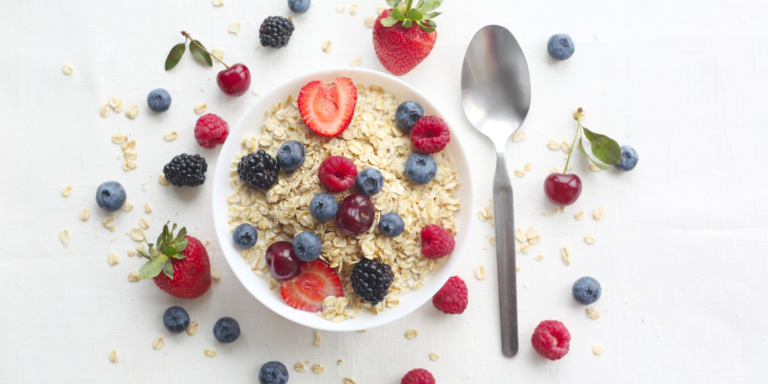
The Science of Nutrition in Menopause
Welcome, ladies, to the rollercoaster ride that is menopause.
If you thought adolescence was a wild hormonal horror show, well, strap in because menopause is its sophisticated, confident older sister, coming in hot with all the plot twists. But don’t panic, because amidst the hot flashes, mood swings, and midnight refrigerator raids, there’s a hero ready to help save the day and support your journey: Nutrition. And we’re here to talk about how the science of nutrition in menopause can help you.
What’s the Hell is Going on in My Body?
Like the hottest DJ set in Ibiza, your body start remixing your hormone levels during perimenopause and menopause. Estrogen and progesterone, the hormones that once ruled our monthly cycles, start taking a backseat. This hormonal imbalance is the DJ record at the menopause party, spinning tracks like “Hot Flash Boogie,” “Sleepless Salsa,” and “Mood Swing Mambo.”
But why does this happen? Simply put, as our ovaries retire from their egg-releasing duties, they also cut back on producing estrogen and progesterone. This change affects not just our reproductive system but also our bone density, heart health, and metabolism.

The Nutrition Squad
Now, let’s introduce the heroes of our story: Nutritious foods and smart dietary choices. Here’s how they can support your hormonal fluctuations and help ease those menopausal symptoms:
- Calcium and Vitamin D – The Bone Defenders: With estrogen taking a vacay, our bones might feel a bit more brittle. That’s where calcium and vitamin D come in. This dynamic duo helps keep your bones strong and helps prevent osteoporosis. Think of dairy products, leafy greens, and fortified foods as your bone armor.
-
Omega-3s – The Mood Lifters: Omega-3 fatty acids are like the BFF who knows just how to cheer you up. Found in fatty fish, flaxseeds, and walnuts, they’re fantastic for managing mood swings and keeping that annoying brain fog at bay. Aim for 3 pieces of omega-3 rich fish per week (salmon, pilchards, mackerel, sardines), and include a handful of walnuts as a healthy afternoon snack.
-
Fiber – The Metabolism Manager: Ah, metabolism, the once faithful friend that now seems to be napping more often. Fiber is here to gently nudge it awake. Foods high in fiber, such as fruits, vegetables, and whole grains, help manage blood sugar levels and keep you feeling fuller for longer, supporting your weight loss efforts. Ensure half your plate is veggies or salad, and include whole fresh fruit as snacks.
-
Phytoestrogens – The Hormone Harmonizers: Found in soy products, flaxseeds, and berries, phytoestrogens are plant-based compounds that mimic estrogen in the body, balancing hormone levels and easing hot flashes. Add berries or flaxseeds to your breakfast oatmeal or smoothie for a healthy start.
-
Water – The Ultimate Hydrator: Last but definitely not least, water. During menopause, staying hydrated is key to managing dry skin and reducing bloating. Think of water as your cheap alternative to a spa treatment, always there to keep you refreshed and detoxified. Check the color of your urine to ensure you’re staying hydrated enough – it should ideally be a pale yellow color.

Wrapping it Up with a Kale Leaf Bow
Understanding what foods to choose to support your menopause symptoms and metabolism will help you to feel more empowered and in control. Menopause might be the end of menstruation, but it’s the beginning of so much more. Here’s to thriving, not just surviving, in menopause!